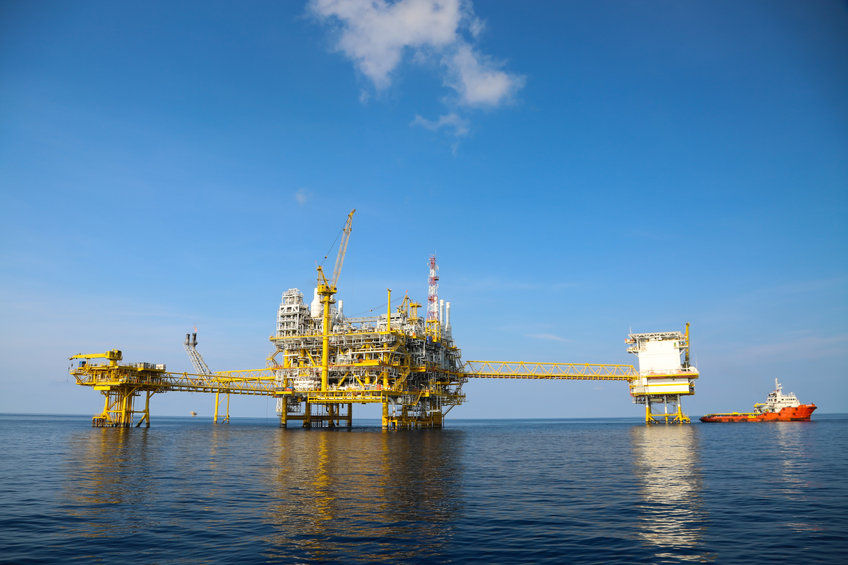The Canadian government released draft regulations on Monday, aimed at cutting greenhouse gas emissions sharply by the year 2030 from the oil and gas sector, according to reports.
The regulation would cap greenhouse gas emissions from the oil and gas sector at 35% below 2019 levels by 2030.
Oil and gas is Canada’s highest-polluting industry and its emissions continue to rise.
This has been undercutting progress in other parts of the country’s economy.
The country has a target of cutting greenhouse gas emissions by 40-45% below 2005 levels by 2030.
However, if the oil and gas industry in Canada fails to cut its emissions, the target is too difficult to achieve, according to experts.
In the 2030 Emissions Reductions Plan, released in March 2022, Canada announced an interim objective to reduce GHG emissions by 20% below 2005 levels by 2026. Historically, following the Kyoto Protocol, the base year was 1990.
Divert profits for decarbonisation
According to a report by Reuters, Canada’s Federal Environment Minister Steven Guilbeault said the profit of the oil and gas sector hit $47.95 billion in 2022.
He said that the government wants to motivate producers to invest those profits in the decarbonization process.
Canada is the world’s fourth-largest oil producer and sixth-largest natural gas producer.
Canada had earlier said that oil and gas production is expected to increase 16% from 2019 levels by 2030-2032.
This is with the already imposed emission caps, according to Reuters.
Oil and gas producers in Canada will be required to report their emissions, starting in 2026.
The first three-year compliance period will be between 2030-2032.
Additionally, the government said it will start penalizing companies if they fail to abide by the regulations.
Methane pollution
Most of the emissions reductions are expected to come from cutting methane pollution, and a proposed oil sands carbon capture project, Reuters quoted federal Natural Resources Minister Jonathan Wilkinson as saying.
Previously, Canada’s Prime Minister Justin Trudeau’s government had wanted the oil and gas industry to cut greenhouse gas emissions by 38% from 2019 levels by 2030.
However, Wilkinson told Reuters that the government settled on a 35% reduction after lengthy consultations to determine what was technically achievable for producers.
“If you start to go beyond what is achievable, you are moving this from an emissions cap to a production cap,” he told Reuters.
Emissions by sector
In 2022, the oil and gas sector and transport sector were the largest greenhouse gas emitters in Canada, accounting for 31% and 22% of total emissions, respectively, according to government data.
From 2021 to 2022, except for the electricity sector (-7.7%), GHG emissions from all sectors grew by 0.3% to 4.2%.
Emissions from the electricity sector fell 7.7% during the same period.
From 1990 to 2022 an increase in emissions was observed from oil and gas by 83%, while it rose 33% from transport.
Source: Government of Canada
Emissions from buildings and agriculture sectors rose by 23% and 39%, respectively, according to the official data.
Canada’s oil and gas sector has argued against the recent cap on emissions, saying it will kill jobs and cut tax revenue.
The Canadian Association of Petroleum Producers said it would have to stop investments in oil and gas projects in the country, according to Reuters.
Alberta, the country’s main fossil fuel producer said the emissions cap would cut production of oil and gas by 1 million barrels per day by 2030, Reuters reported.
The post Canada’s proposed regulations to cut emissions from oil and gas sector could impact production appeared first on Invezz

